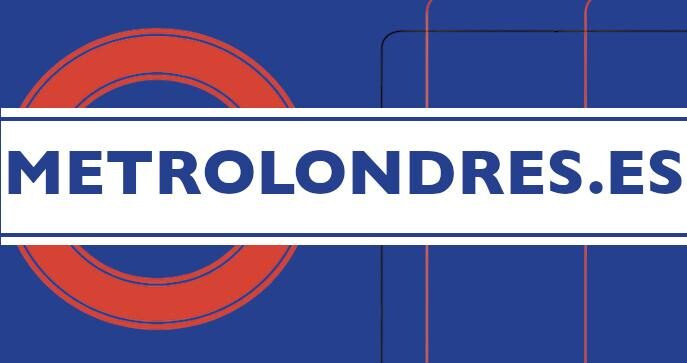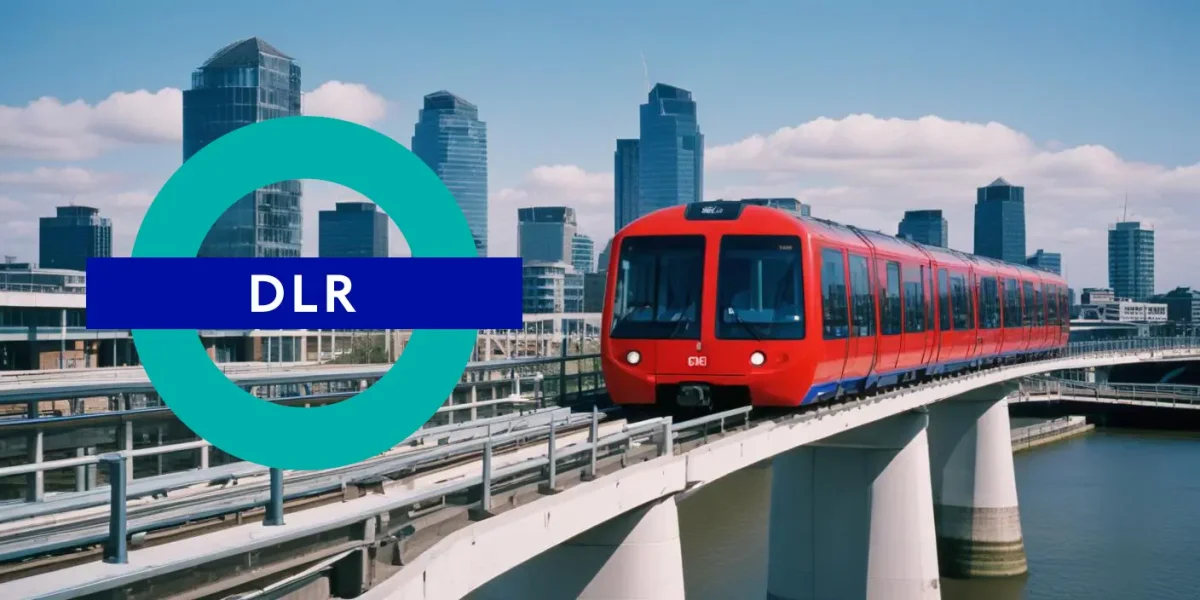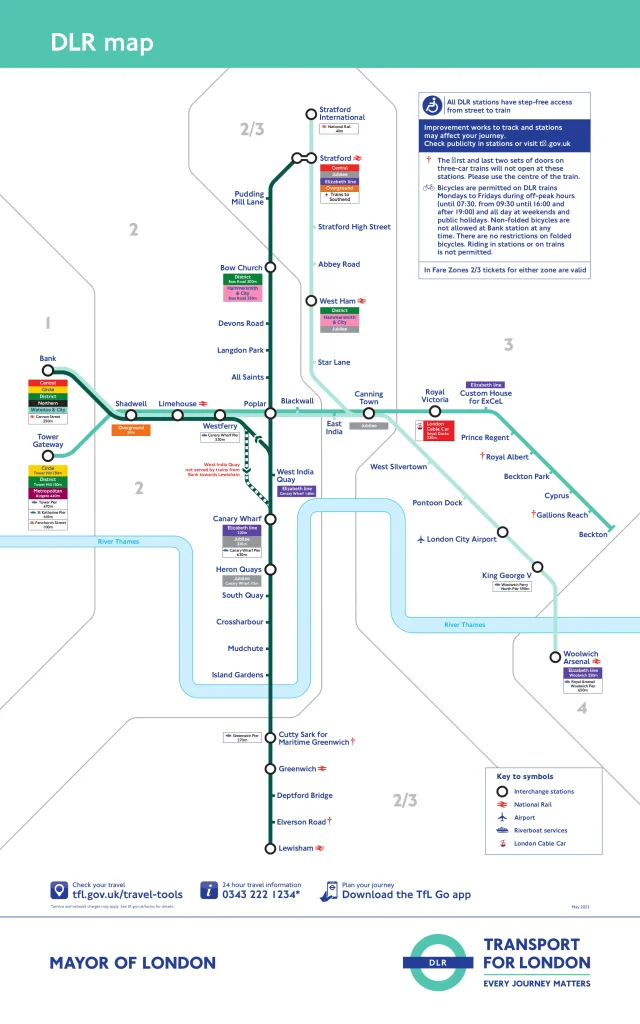The Docklands Light Railway (DLR) is a vital part of London’s public transport system, especially for those commuting through the eastern part of the city.
This light rail system, which opened in 1987, is known for its automated driverless operation and its ability to quickly connect the regenerated Docklands with the rest of London.
Get ready, because in this article, we’ll tell you everything you need to know about the unique features, routes, schedules, and most importantly, how to optimize your experience using the DLR.
DLR: Driverless Trains
One of the most distinctive features of the DLR is that it is a fully automated light rail system. This means there are no drivers on board the trains. Instead, the DLR is operated from a central control center that monitors and manages each train, ensuring an efficient and safe service.
This automation allows the trains to have a high frequency, especially during peak hours, and significantly reduces waiting times for passengers. It is a 100% automated operation.
Another unique feature is the direct passenger interaction with the journey. Thanks to the absence of a driver’s cabin, passengers can sit at the front of the train and enjoy a panoramic view of the route, something that is not offered by other train services in London.
This makes the DLR especially popular among tourists and those looking for a different travel experience within the city. Additionally, much of the DLR route is elevated, offering impressive views of the city and the River Thames.
DLR Routes and Connectivity
The DLR covers a significant area of East London, connecting key points such as Stratford to the north, Lewisham to the south, Bank and Canary Wharf to the west, and Beckton, London City Airport, and Woolwich Arsenal to the east. With a total of 45 stations and an extension of 31 km, the DLR facilitates access to various financial, commercial, residential, and tourist centers in London.
The main DLR routes include:
- Bank to Lewisham: This route passes through the Docklands, with important stops at stations such as Canary Wharf and Greenwich, before reaching Lewisham.
- Tower Gateway to Beckton: Connects central London with the east, passing by London City Airport and neighborhoods like Canning Town and Royal Victoria.
- Stratford to Canary Wharf: Provides a direct link between Stratford, a vital transport hub, and Canary Wharf, one of London’s largest financial centers.
- Stratford International to Woolwich Arsenal: Includes stops at Stratford International and Canning Town, crossing under the River Thames to reach Woolwich Arsenal.
- Canning Town to Beckton and Gallions Reach: Is a branch line that runs from Canning Town to Beckton, passing through emerging areas like Gallions Reach.
The DLR does not use a numbered line system like other rail systems, but clear signage and maps available at all stations make navigating the network straightforward and direct for passengers.
In addition, the DLR integrates perfectly with other means of transport such as the London Underground (the Tube), London Overground, the Elizabeth Line, National Rail trains, the London Cable Car, and river boats on the Thames, facilitating travel across the city.
DLR Map
Download it here or check an updated version here.
DLR Operating Hours
The DLR offers a frequent and reliable service, operating from Monday to Saturday from 5:30 a.m. to midnight, and on Sundays and public holidays from 7:00 a.m. to 11:30 p.m.. During peak hours, trains typically run every 3.5 minutes, while the rest of the day, the frequency is between 5 to 10 minutes.
For travelers looking to avoid crowds, it is advisable to plan their journeys outside of peak morning hours (7:30 to 9:30 a.m.) and evening hours (5:00 to 7:00 p.m.), when the service can be more congested due to the high volume of passengers.
Practical Tips for Using the DLR
The user experience on the DLR is generally positive thanks to its regular frequency and ease of use. All DLR trains and stations are accessible for people with reduced mobility, including ramps and elevators, ensuring a comfortable journey for everyone.
To make the most of your experience when traveling on the DLR, here are some useful tips:
- Use an Oyster card or a contactless card to get the lowest fares. These cards also allow seamless travel between different modes of transport in London.
- Take advantage of the panoramic views by sitting at the front of the train. It’s a unique experience you won’t want to miss.
- If you plan to visit multiple attractions in a day, consider purchasing a Travelcard that covers all the zones you need, which can be more economical.
Fares and Payment Options
The DLR uses the same fare system as the rest of London’s public transport, covering zones 1 to 4, although it primarily focuses on zones 2 and 3.
Using an Oyster card or contactless payment is not only more convenient but often cheaper than buying paper tickets.
Prices vary depending on the number of zones you travel through and whether it is during peak or off-peak hours. Children, students, and seniors can benefit from special discounts, so be sure to check these options if you qualify.
DLR Connections and Integration
The DLR is well integrated with other transport systems in London. It shares 7 interchange stations with the London Underground, making transfers between the two systems easy.
Some of the main interchange stations include Bank, Stratford, Canary Wharf, West Ham, and Canning Town. These connection points allow passengers to easily switch between the DLR and other lines, improving the efficiency of their commutes.
Tourist Attractions Accessible via the DLR
The DLR is not only useful for daily commutes but also ideal for accessing several tourist attractions in London, especially in the Docklands area. Some of the main attractions accessible by the DLR include:
- Royal Observatory, Greenwich: Located near Greenwich station, this is an iconic site where the Prime Meridian is located, offering spectacular views and a rich history of navigation and astronomy.
- Cutty Sark: Also in Greenwich, this famous tea clipper is one of Britain’s most iconic ships. You can visit the ship and learn about its history and role in maritime trade.
- O2 Arena: This famous entertainment arena is near North Greenwich station. It’s a popular venue for concerts and sporting events.
- ExCeL London: A major exhibition and conference venue, accessible from Custom House station. It is a key location for international events and trade fairs.
All in all…
The Docklands Light Railway (DLR), along with the Overground and the Underground, is an integral part of London’s public transport system, offering quick and efficient connections between East London and the rest of the city. With its unique features of automated operation, high service frequency, and integrated connections with other means of transport, the DLR is an excellent option for both residents and tourists. Making the most of this network will allow you to explore more of London comfortably and economically.


